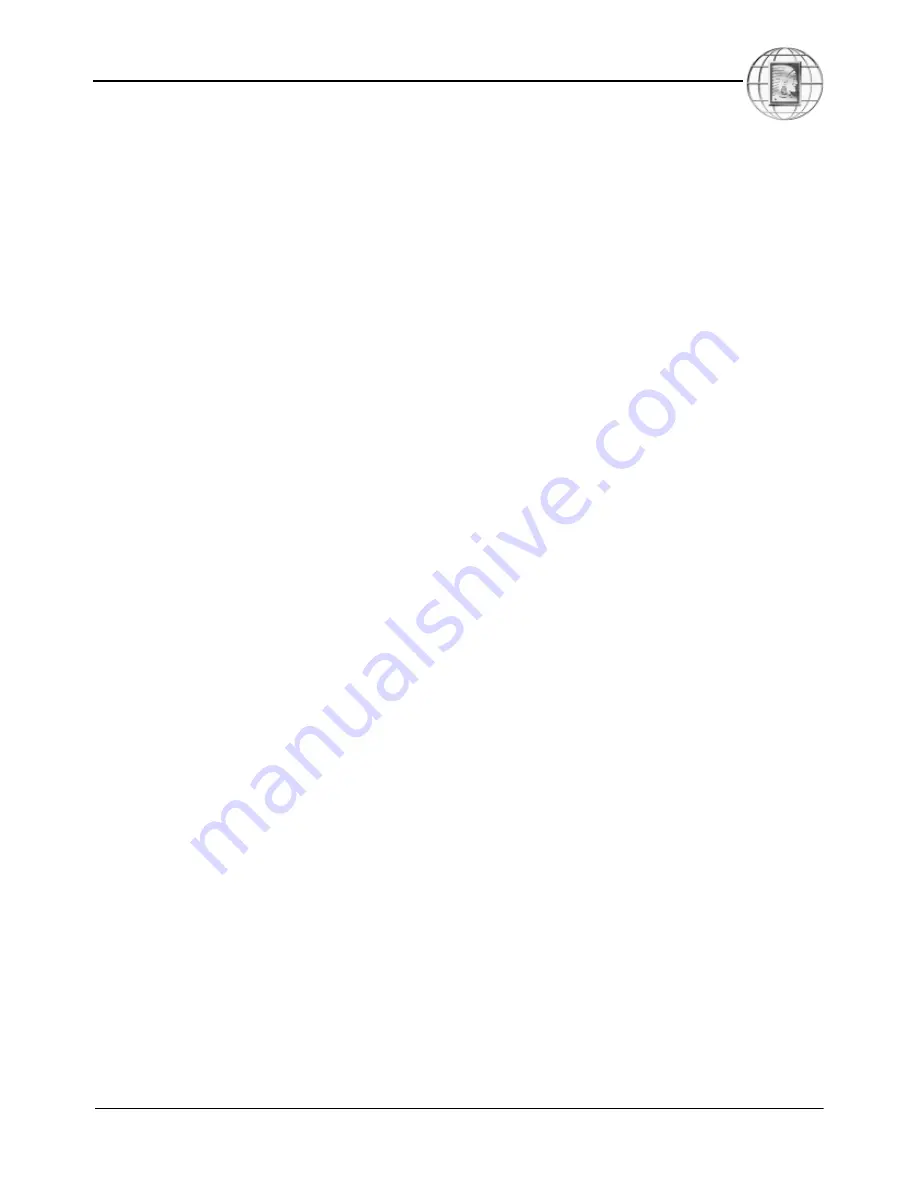
A LOOK AT SERVICE SAFETY
Installation and Replacement Information
105
Contamination). A single installation of liquid and
suction line filter-driers should cleanup the system.
If, however, the discharge line or the suction line
shows evidence of contamination, the compressor
was running at the time of the motor failure and
contaminants were pumped throughout the system
(System Contamination). If System Contamination
has occurred, several changes of the liquid and suc-
tion line filter-driers will be needed to cleanup the
system. In addition, the expansion device will need
to be replaced. If the system is a heat pump, the four
way valve should be replaced.
B. Install Replacement Compressor and
Components
1. Install the replacement compressor with new
external electrical components (capacitors,
relay, overload, etc., where applicable). Check
the contacts of the starting control or contac-
tor.
2. Install an oversized liquid line filter-drier.
3. Install a generously sized suction line filter-
drier immediately upstream of the compressor.
The drier when permanently installed in a
clean system, or as initially installed in a dirty
system, must have a pressure drop not more
than that of Table 5-3. Pressure taps must be
supplied immediately before and after the suc-
tion filter-drier to permit the pressure drop to
be measured.
If a suction line accumulator is present and
System Contamination has occurred, it must
be thoroughly flushed to remove any trapped
sludge and thus prevent it from plugging the
oil return hole. The filter-drier should be
installed upstream of the accumulator and the
compressor.
In the case of Compressor Housing Contami-
nation, the filter-drier should be installed
between the compressor and the suction line
accumulator.
Rubber refrigeration hoses are not satisfactory
for temporarily hooking up the suction line fil-
ter-drier to the system since the acid quickly
breaks down the rubber and plastic.
4. Follow the precautions in “System Flushing,
Purging, and Pressure Testing for Leaks” on
pages 4-5, to purge the system and pressure
test for leaks.
C. Evacuate the System
Evacuate the system to less than 1000 microns,
using a good vacuum pump (not a compressor) and
an accurate high vacuum gauge. Operate the pump
at 1000 microns, or less, for several hours to be sure
the vacuum is maintained.
An alternate method of removing moisture and non-
condensables from the system is:
1. Evacuate the system to 29 inches vacuum.
Break vacuum with refrigerant to be used for
final charging of system and vapor charge to
35-50 pounds gauge pressure. Leave vapor
charge in system for a minimum of five min-
utes. Reduce pressure to 0 gauge pressure.
2. Repeat step 1.
3. Evacuate system to 29 inches vacuum. Charge
system with the specified kind and quantity of
refrigerant.
WARNING!
Never use a compressor to evacuate
a system. Instead, use a high vacuum pump specif-
ically designed for that purpose.
Never start the compressor while it is under deep
vacuum. Always break a vacuum with refrigerant
charge before energizing the compressor.
Failure to follow these instructions can damage
the hermetic terminal and may result in terminal
venting. As always, to reduce the risk of serious
injury or death from fire due to terminal venting,
never energize the compressor unless the protec-
tive terminal cover is securely fastened.
















































